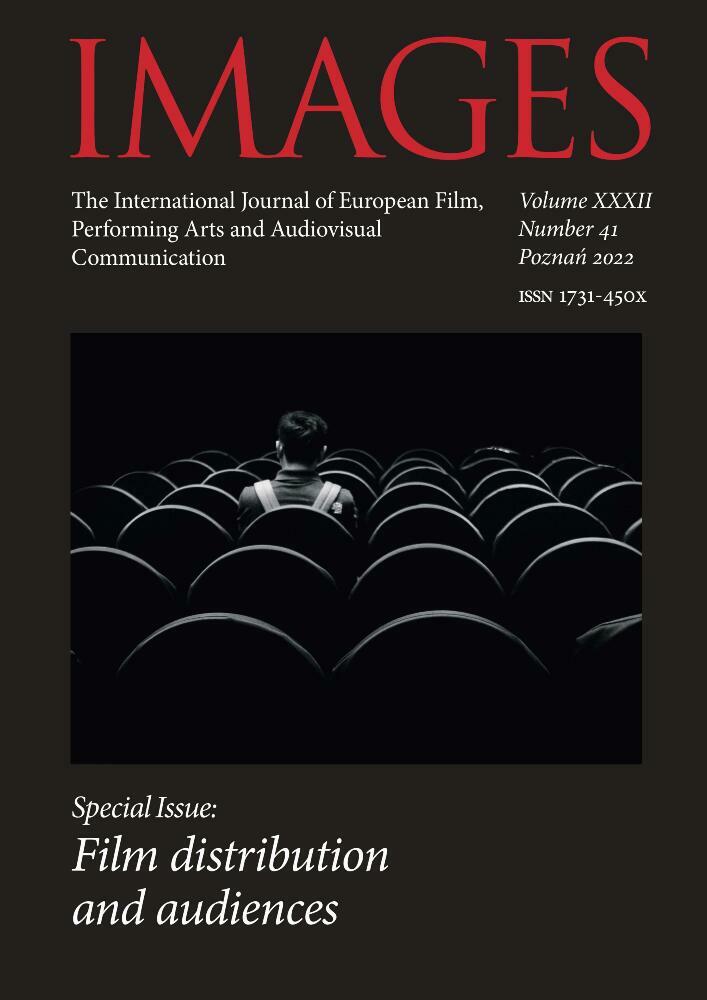Abstrakt
This article explores some of the findings from a work-in-progress project that I began working on in 2020 to investigate the retrospective memories of 1980s British audiences surrounding viewing films classified either 15 or 18 by the BBFC, while the participants were underage. I question the so-called victims of censorship that have matured into their 40s and are no longer at the mercy of parents or the classifications of the BBFC in order to investigate the retrospective memories of these adults who were once participating in forbidden viewings as children in the 1980s. This article explores Annette Kuhn’s idea that for audiences, the movie fades from memory to make way for more movies, but it is the life experiences that stay with the viewer. By focusing on underage viewers and films that had been deemed unsuitable for their age, I hope to review Kuhn’s claim, by resituating the film itself as the prominent memory – a memory not replaced by many decades of movie watching since. This article outlines the methodology for the project, before turning to a discussion of participants’ memories of interrupted film viewings. In exploring the dichotomy between memories of viewing conditions and memories of the film themselves, this article then considers memories of the horror genre (and terrifying scenes in other genres), and also the issues of watching sex in films, and the impact of parental restrictions, or watching while with parents.
Bibliografia
Allen R.C., Home alone together: Hollywood and the ‘family film’, [in:] Identifying Hollywood’s audiences, eds. M. Stokes, R. Maltby, London 1999, pp. 109–131
Allen R.C., Reimagining the history of the experience of cinema in a post-moviegoing age, [in:] Explorations in new cinema history: Approaches and case studies, eds. R. Maltby, D. Biltereyst, P. Meers, West Sussex 2011, pp. 41–57 DOI: https://doi.org/10.1002/9781444396416.ch2
Barker M. et al., Alien audiences: Remembering and evaluating a classic movie, Hampshire 2016 DOI: https://doi.org/10.1057/9781137532060
Buckingham D., Moving images: Understanding children’s emotional responses to television, Manchester 1996
Cantor J., “Mommy, I’m Scared” How TV and Movies Frighten Children and What We Can Do to Protect Them, London 1998
Cohen S., Folk devils and moral panics: the creation of the mods and rockers, London 1972
Critcher C., Moral panics and the media, Maidenhead 2003
Egan K., Cultographies: The Evil Dead, London 2011
Egan K, Trash or Treasure? Censorship and the changing meanings of the video nasties, Manchester 2007
Kuhn A., Dreaming of Fred and Ginger: cinema and cultural memory, New York 2002
Kuhn A., What to do with cinema memory?, [in:] Explorations in new cinema history: Approaches and case studies, eds. R. Maltby, D. Biltereyst, P. Meers, West Sussex 2011, pp. 85–97 DOI: https://doi.org/10.1002/9781444396416.ch4
Petley J., Film and video censorship in contemporary Britain, Edinburgh 2011 DOI: https://doi.org/10.3366/edinburgh/9780748625383.001.0001
Robertson G., Nicol A.G.L., Media law, London 2008
Smith M., Remembering “the scariest movie of all time”: A grounded audience study of the Exorcist, Northumbria University 2019
Smith S., Children, Cinema and Censorship: From Dracula to Dead End Kids, London – New York 2005
Thomas Q., Preface, [in:] Behind the scenes at the bbfc: film classification from the silver screen to the digital age, ed. E. Lamberti, London 2012, pp. x–xii
Treveri Gennari D., ‘If you have seen it, you cannot forget!’: Film consumption and memories of cinema-going in 1950s Rome, “Historical Journal of Film, Radio and Television” 2015, no. 35(1) DOI: https://doi.org/10.1080/01439685.2014.903036
Treveri Gennari D., Dibeltulo S., It existed indeed... it was all over the papers: Memories of film censorship in 1950s Italy, “Participations: Journal of Audience & Reception Studies” 2017, no. 14(1)
Wuss P., Cinematic narration and its psychological impact: Functions of cognition, emotion and play, Newcastle-upon-Tyne 2009
Licencja
Prawa autorskie (c) 2023 Peter Turner

Utwór dostępny jest na licencji Creative Commons Uznanie autorstwa 4.0 Międzynarodowe.
